Unveiling the Artistry: A Journey into the Creation of Jewelry
Jewelry has captivated humanity for millennia, serving as symbols of wealth, power, love, and self-expression. Behind every exquisite piece lies a fascinating journey of craftsmanship, creativity, and dedication. From the initial design concept to the final polishing, the process of creating jewelry is a testament to the intricate artistry and skill of artisans around the world. In this blog post, we'll take a behind-the-scenes look at how jewelry is made, unveiling the meticulous steps involved in bringing these wearable works of art to life.
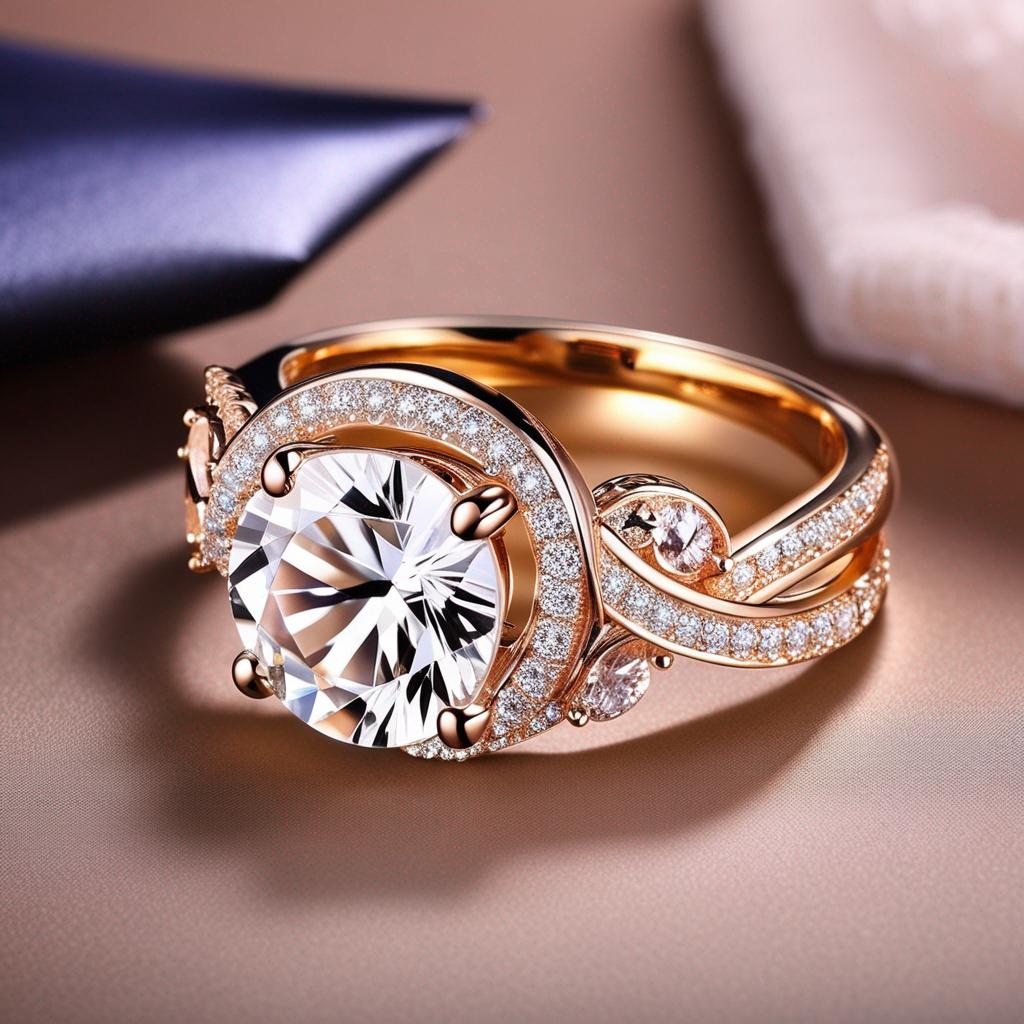
Inspiration and Design: The journey of creating jewelry begins with inspiration. Whether drawn from nature, culture, history, or personal experiences, designers often find inspiration in the world around them. Once inspired, designers translate their ideas into sketches, capturing the essence of their vision on paper. These initial designs serve as blueprints for the creation process, guiding artisans throughout the production journey.
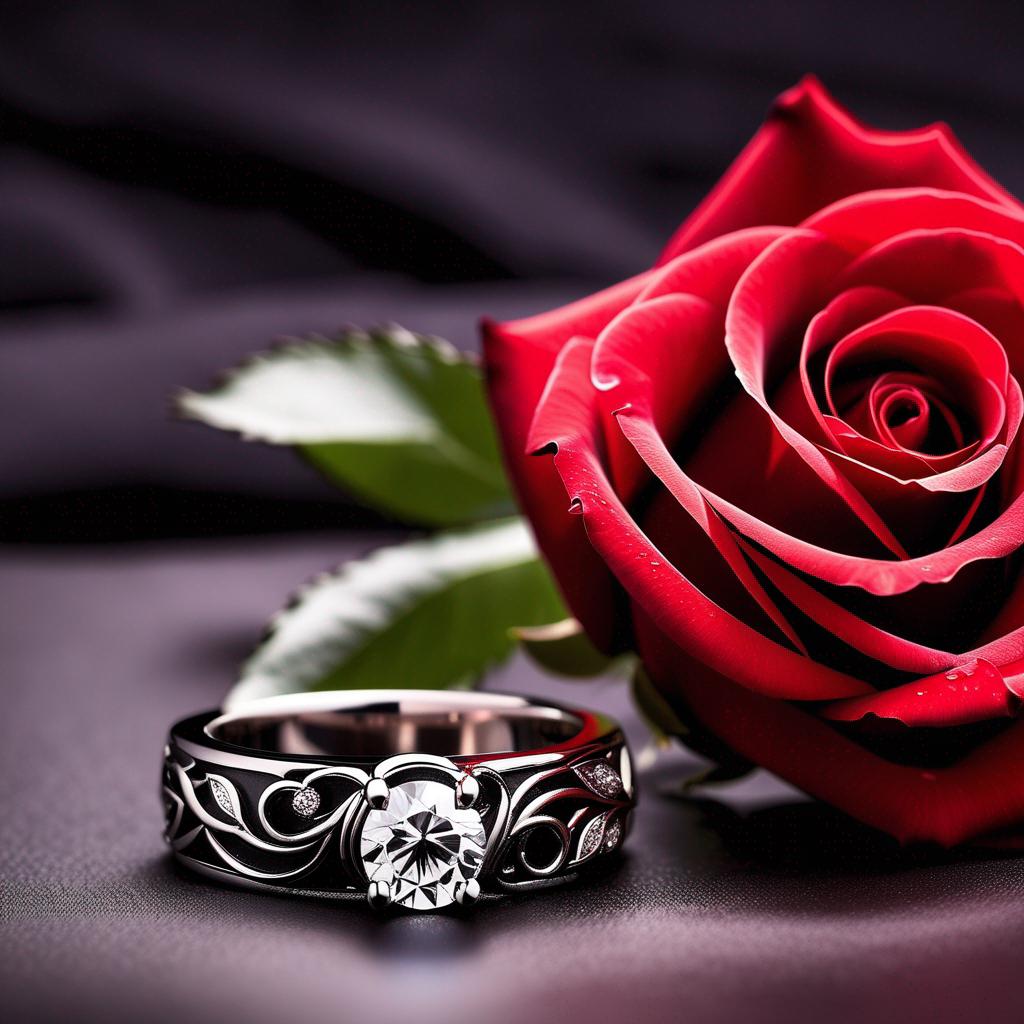
Material Selection: After finalizing the design, artisans carefully select the materials that will bring the piece to life. From precious metals like gold, silver, and platinum to gemstones such as diamonds, rubies, sapphires, and emeralds, each material is chosen for its quality, beauty, and suitability for the design. Ethical and sustainable sourcing practices are increasingly important in the jewelry industry, with many artisans prioritizing responsibly mined or recycled materials.
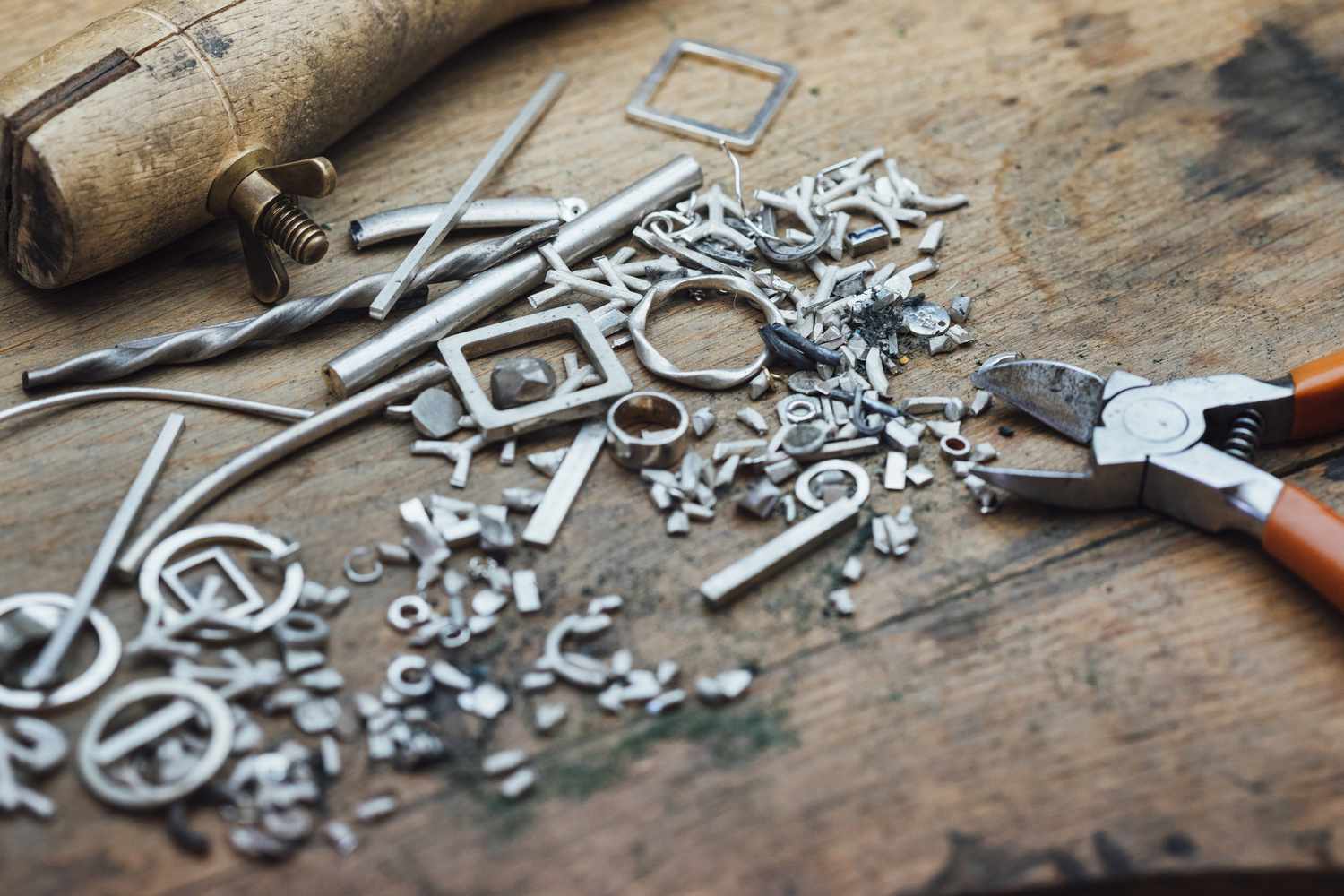
Metalwork and Casting: The next step in the jewelry-making process is metalwork. For pieces crafted from precious metals, artisans begin by melting down the raw material and pouring it into molds to create the desired shape. This process, known as casting, allows artisans to achieve intricate designs and details with precision. Once cast, the metal is carefully cleaned, polished, and refined to prepare it for further embellishment.
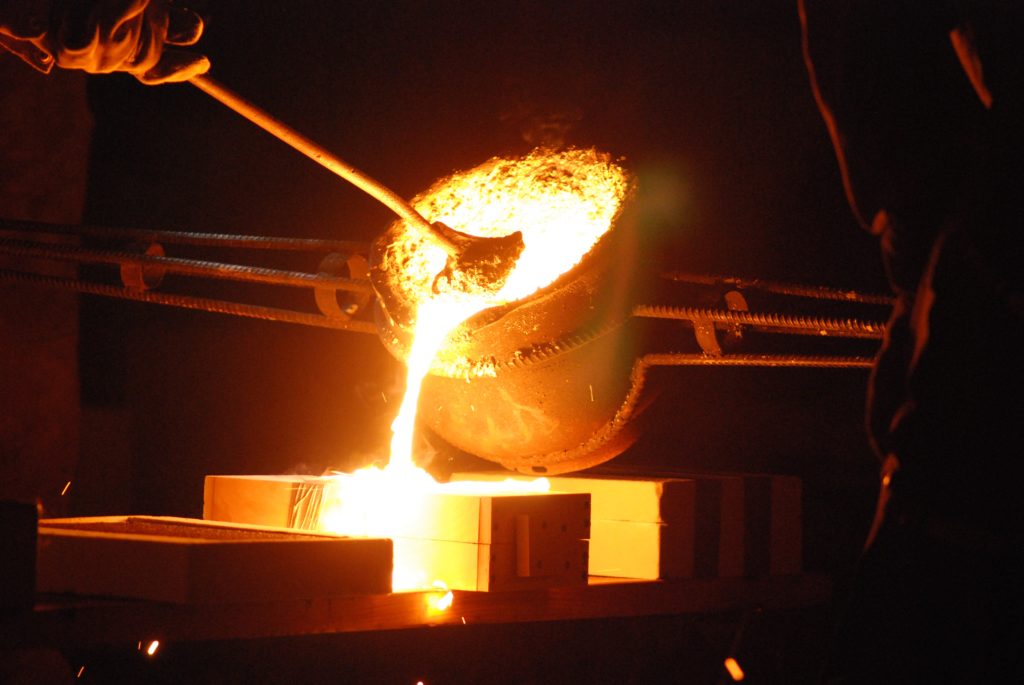
Stone Setting: For jewelry featuring gemstones, stone setting is a crucial step in the production process. Skilled setters carefully place each stone into its designated setting, securing it in place with prongs, bezels, or channels. Stone setting requires precision and attention to detail to ensure that each gemstone is securely held in place while allowing its brilliance and color to shine.
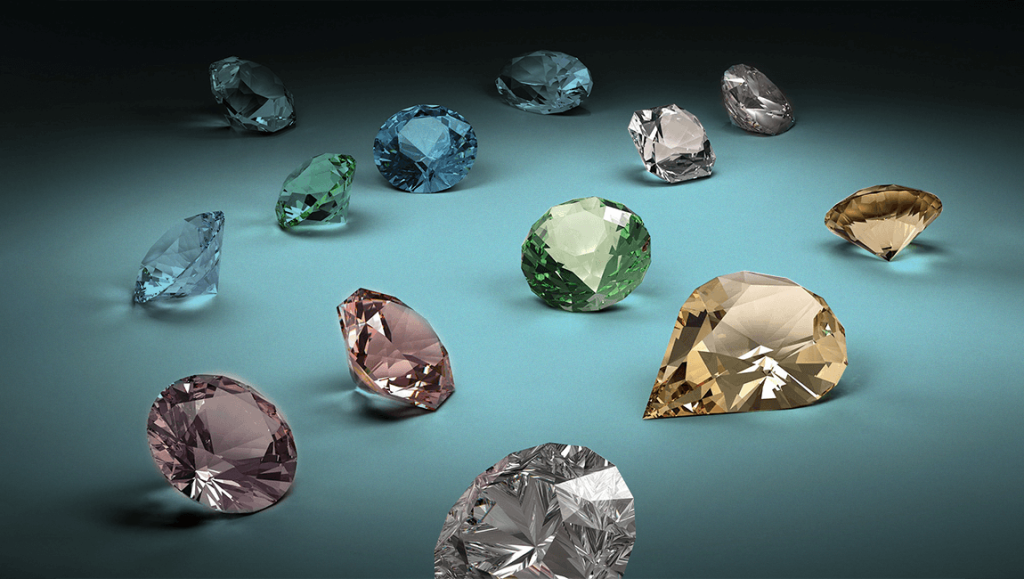
Finishing Touches: With the metalwork and stone setting complete, the jewelry undergoes a series of finishing touches to perfect its appearance. This may include polishing the metal to achieve a high shine, engraving intricate patterns or designs, or applying specialized finishes such as oxidation or plating. Each piece is meticulously inspected to ensure that it meets the highest standards of quality and craftsmanship.
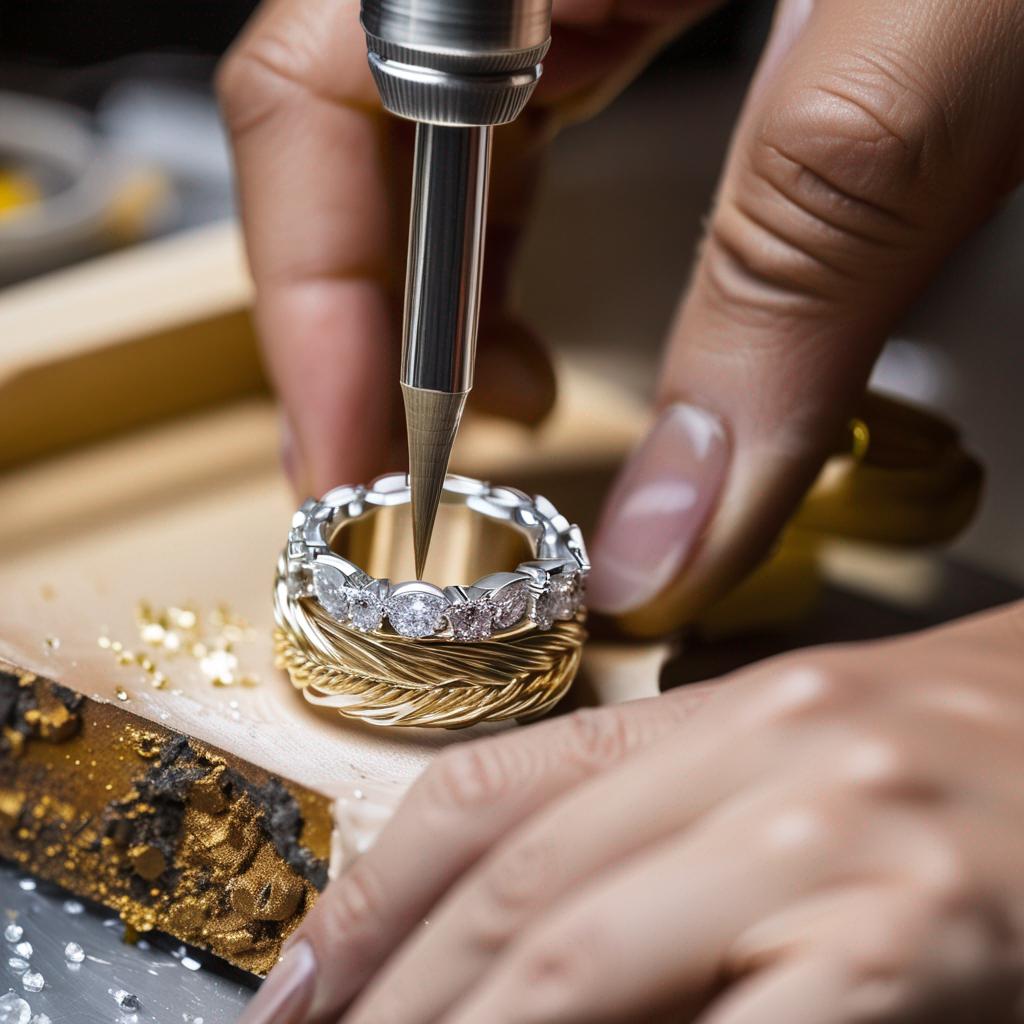
Quality Control and Packaging: Before being released to the market, each piece of jewelry undergoes rigorous quality control to ensure that it meets the artisan's exacting standards. This may involve testing the durability of the metal and settings, inspecting the gemstones for flaws or imperfections, and verifying that the piece matches the original design specifications. Once approved, the jewelry is carefully packaged, ready to be enjoyed by its new owner.

In Conclusion, the creation of jewelry is a labor of love, combining artistic vision, technical skill, and meticulous craftsmanship. From the initial spark of inspiration to the final finishing touches, artisans pour their passion and expertise into every step of the production process, resulting in exquisite pieces that captivate and delight. Whether crafted by hand in a traditional workshop or produced using cutting-edge technology, each piece of jewelry tells a story, embodying the creativity and artistry of its maker.